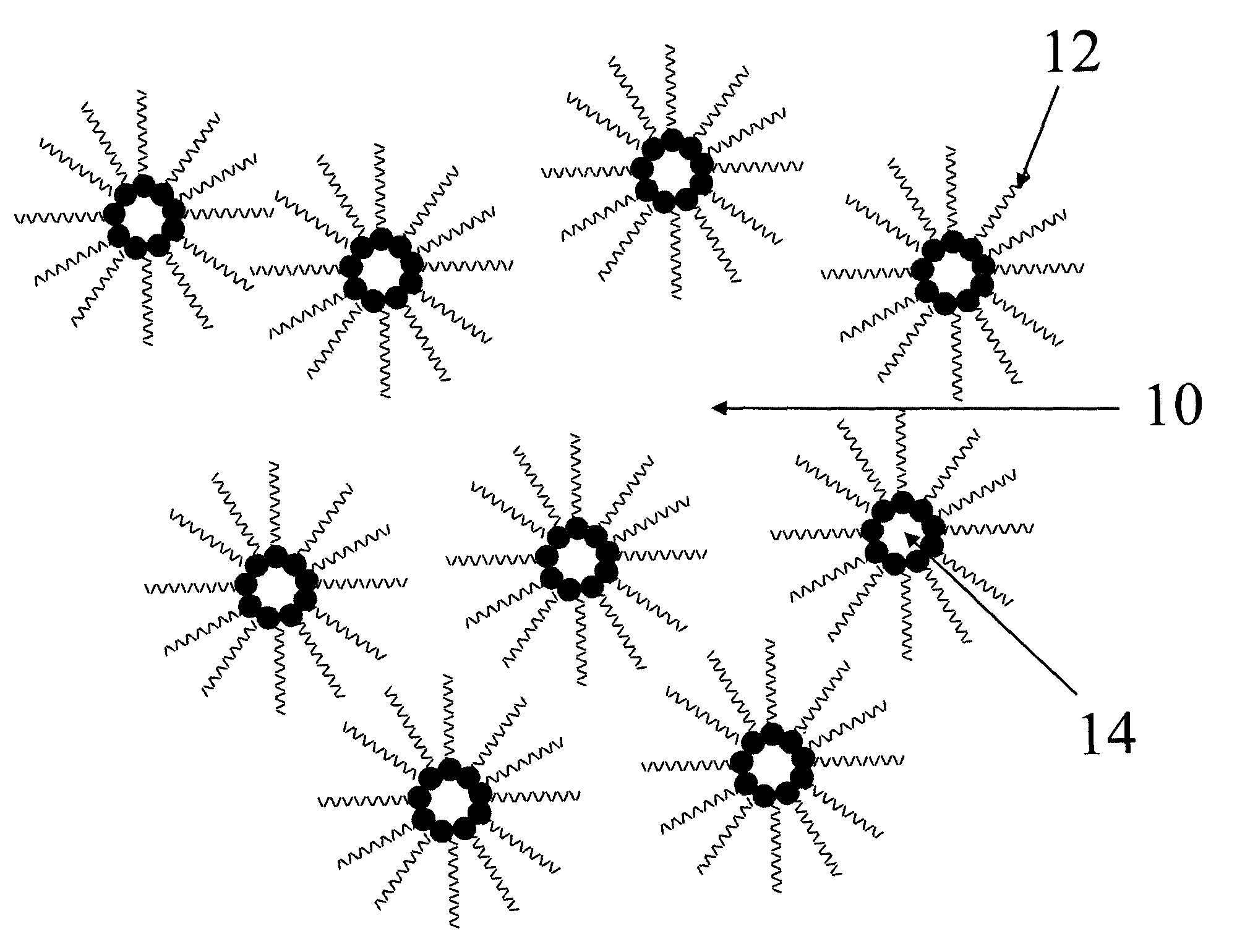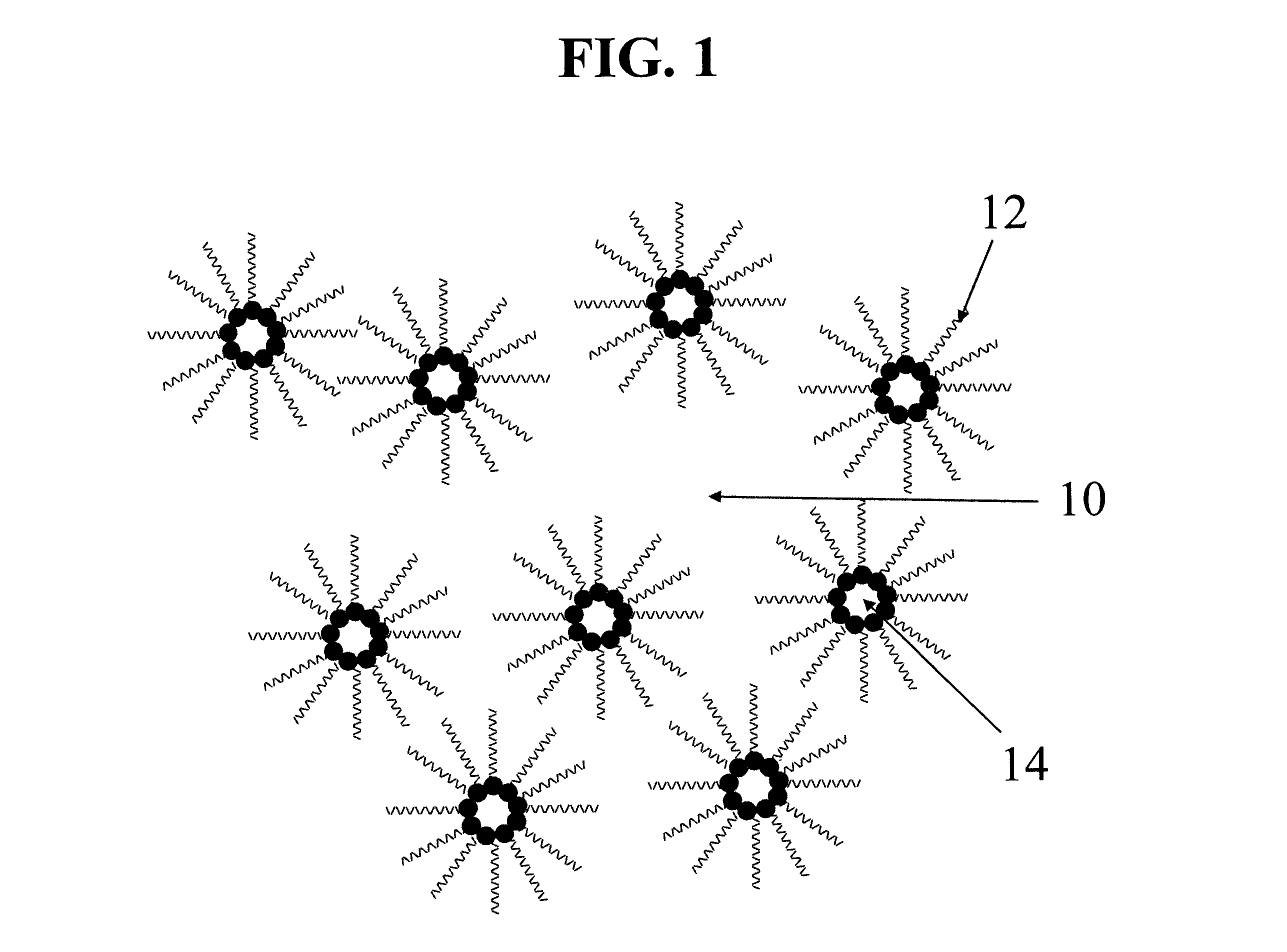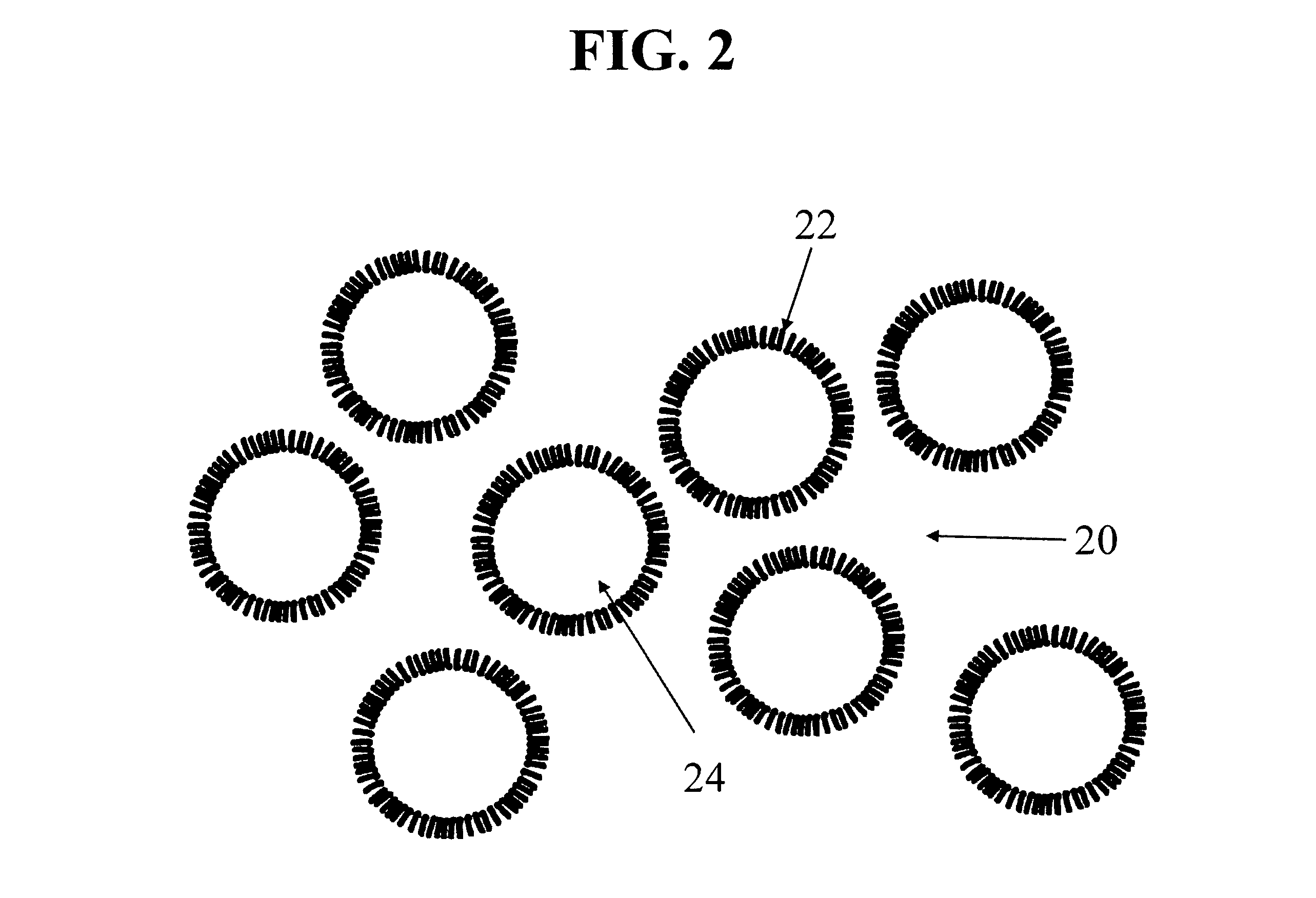Maillard flavor compositions and methods for making such compostions
a technology of flavor composition and composition, applied in the field of flavor composition and method of making such composition, can solve the problems of inability to stabilize the n-substituted glycoaldosylamine, the inefficiency of the system for conducting maillard reactions, and the inability to handle and introduce products into food products, etc., to achieve the effect of enhancing palatability
- Summary
- Abstract
- Description
- Claims
- Application Information
AI Technical Summary
Benefits of technology
Problems solved by technology
Method used
Image
Examples
examples
[0096]The invention can be further illustrated by the following examples, although it will be understood that the examples are included merely for purposes of illustration and is not intended to limit the scope of the invention unless otherwise specifically indicated.
Materials and Methods
examples 1 to 8
[0097]The following method (“Method 1”) was used to prepare the compositions used in some of the Examples. Reducing sugars, amino acids, catalysts (where used), and acids or bases (where used) were added to water and agitated until dissolved, resulting in an aqueous solution. Without adjusting the pH, the aqueous solution was mixed with fat or oil and lipophilic additives. The resulting mixture was agitated at 500 to 3000 rpm, for 1 to 5 minutes, to generate a water-in-oil emulsion comprising a continuous structured lipid phase, having dispersed water phase featuring water domains that are emulsified or microemulsified within the lipidic phase. Such water-in-oil emulsions are referred to herein as “structured lipid phase.”
[0098]To promote the Maillard reaction, the structured lipid phase was heated to about 85° C. to 180° C. for 5 to 180 minutes. Agitation was continued during heating. The temperature was then lowered to about 45° C. to 60° C., with agitation to ensure homogenous co...
example 1
[0103]Materials: The following materials were used D-Xylose, Biochemica Fluka (Buchs, CH); Glycine, Biochemica Fluka (Buchs, CH); Dimodan U Danisco (Copenhagen, DK); Soybean oil Nutriswiss (Lyss, Switzerland); Monosodium dihydrogenphosphate, monohydrate, p.A. Merck (Dietikon, CH); and Water Milli Qa-10, Millipore (FR).
[0104]Analysis: The analysis of residual xylose was performed by HPAEC, as follow. Xylose was analyzed by HPAEC using a Dionex ion chromatography system (DX500, Dionex, Sunnyvale, Calif.) composed of an autosampler (model AS-50 with a 10 μL sample loop), a gradient pump (model GP-50) with on-line degas and an electrochemical detector (model ED-40). The separation was accomplished on a 250 mm×2 mm i.d. CarboPac PA-1 anion exchange column (Dionex) and a 50 mm×2 mm i.d. CarboPac PA-1 guard column (Dionex). The analyses were performed isocratically using a solvent mixture (92:8, v / v) water and NaOH (300 mmol / L). Each analytical cycle was followed by cleaning and regenerati...
PUM
| Property | Measurement | Unit |
|---|---|---|
| temperature | aaaaa | aaaaa |
| temperatures | aaaaa | aaaaa |
| size | aaaaa | aaaaa |
Abstract
Description
Claims
Application Information
 Login to View More
Login to View More - R&D
- Intellectual Property
- Life Sciences
- Materials
- Tech Scout
- Unparalleled Data Quality
- Higher Quality Content
- 60% Fewer Hallucinations
Browse by: Latest US Patents, China's latest patents, Technical Efficacy Thesaurus, Application Domain, Technology Topic, Popular Technical Reports.
© 2025 PatSnap. All rights reserved.Legal|Privacy policy|Modern Slavery Act Transparency Statement|Sitemap|About US| Contact US: help@patsnap.com



